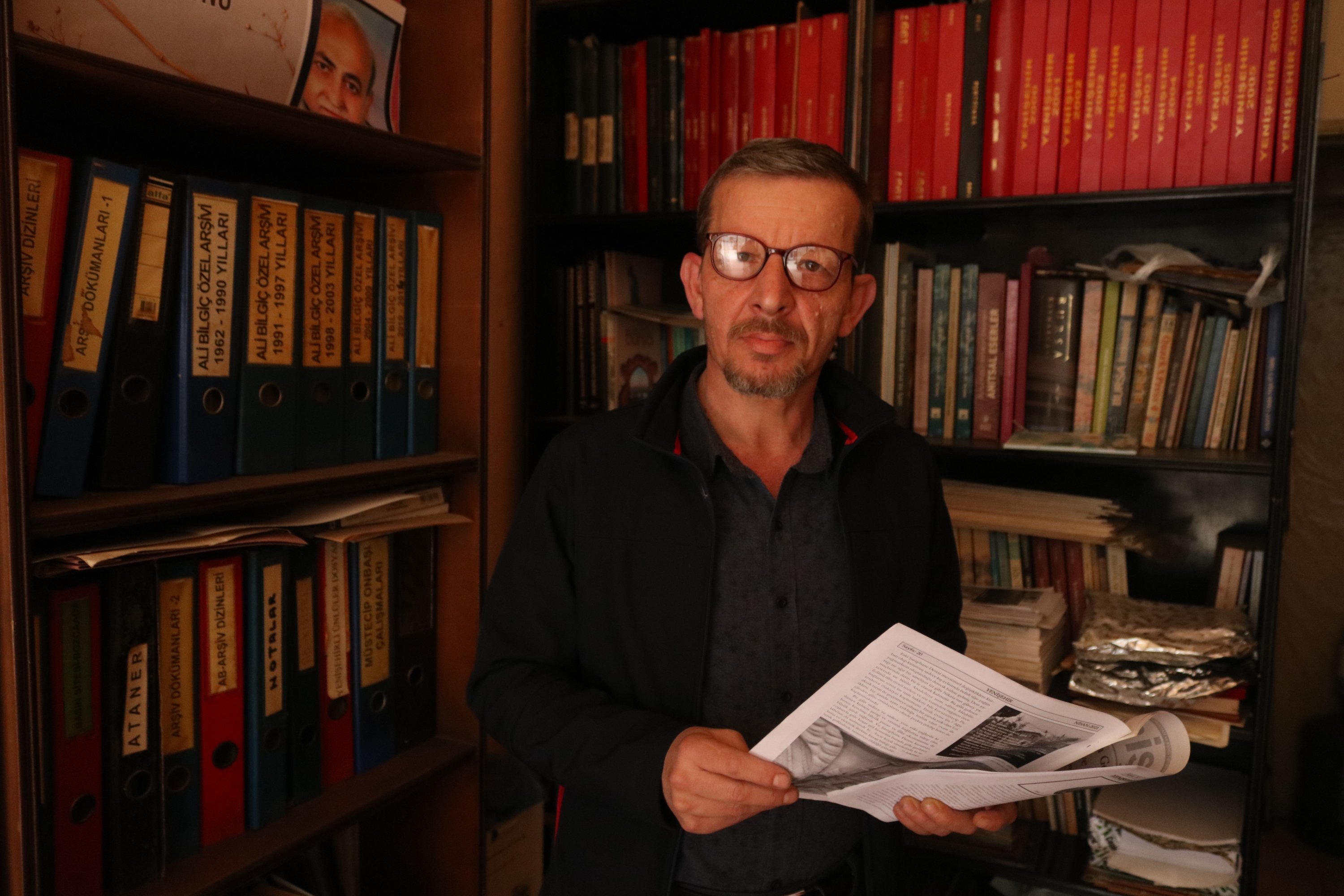© Turkuvaz Haberleşme ve Yayıncılık 2025
Estimated to be the Ottoman Empire's first coin minted in Bursa's Yenişehir district, the coin with an inscription of "Yenişehir Mint" is now displayed at the Museum of Islamic Art in Doha, Qatar.
Mesut Biçer, a historian living in the Yenişehir district of Bursa, stated that the first Ottoman coin was minted in Yenişehir and that Yenişehir being the first capital of the Ottomans supported these claims.
As Orhangazi was one of the early Ottoman leaders who played a significant role in the establishment of the Ottoman Empire in the late 13th and early 14th centuries, he is also known for establishing the city of Bursa as the capital of the Ottoman Empire, and for issuing the first Ottoman coin in 1326.
"(Because) historiography began 200 years later after the founding period of the Ottoman Empire, historians describe that period as a black hole. For that reason, when the dates related to the founding period of the Ottomans are examined, it is seen that many issues remain unresolved or could not be fully clarified," Biçer explained.
"Until now, we knew that the first Ottoman coin was minted in Bursa by Orhangazi in 1326, until historian Hakan Yılmaz recently discovered a coin bearing the inscription 'Yenişehir Mint' ('Darphane-i Yenişehir') belonging to Osmangazi at the Museum of Islamic Art in Doha, Qatar. This coin is currently displayed at the Museum of Islamic Art in Doha, shedding new light on the founding period of the Ottomans. The discovery of this coin also clearly indicates that there was a palace in Yenişehir, official institutions affiliated with the palace, and a mint," he added.
Stating that many coins that were discovered before were claimed to belong to the Osmangazi period yet did not garner attention, Biçer highlighted that the coin in Qatar should be meticulously investigated, thanks to its close resemblance to other Ottoman coins.
"In the 1980s, a coin was found in Istanbul and claimed to belong to the Osmangazi era. However, due to its uniqueness, the absence of another original, and being deemed fake by a European numismatist, unfortunately, it did not receive sufficient attention from historians' spheres. Once, in the 1990s, a coin claimed to belong to the Osmangazi era was released into the market."
"The actual version of the coin was in the possession of a collector who did not disclose it. For this reason, it was only examined through drawings and photographs, and this coin also did not receive enough attention. However, the coin found in Doha sheds light on Ottoman history, especially the Ottoman foundation period, due to its similarity to other coins and its implications in historical terms," he added.

Biçer described the journey of the coin from Istanbul to Qatar, stating that "the coin was originally in the collection of Şerafettin Erel, who was engaged in the jewelry business in Istanbul. This coin, along with 400 coins belonging to the Seljuk and Ottoman eras in Şerafettin Erel's collection, was sold to a Swiss collector in the early 1990s, and this collector kept it in his cupboards for many years without subjecting it to any historical or scientific research before selling it to a Qatari shiekh.
After the Qatari shiekh donated the coin to the Islamic Art Museum in Doha, scientific research was conducted on the coin. Following these studies, it was revealed that the coin belonged to the Osmangazi era and is one of the oldest known coins from the Ottoman period today," he concluded.
